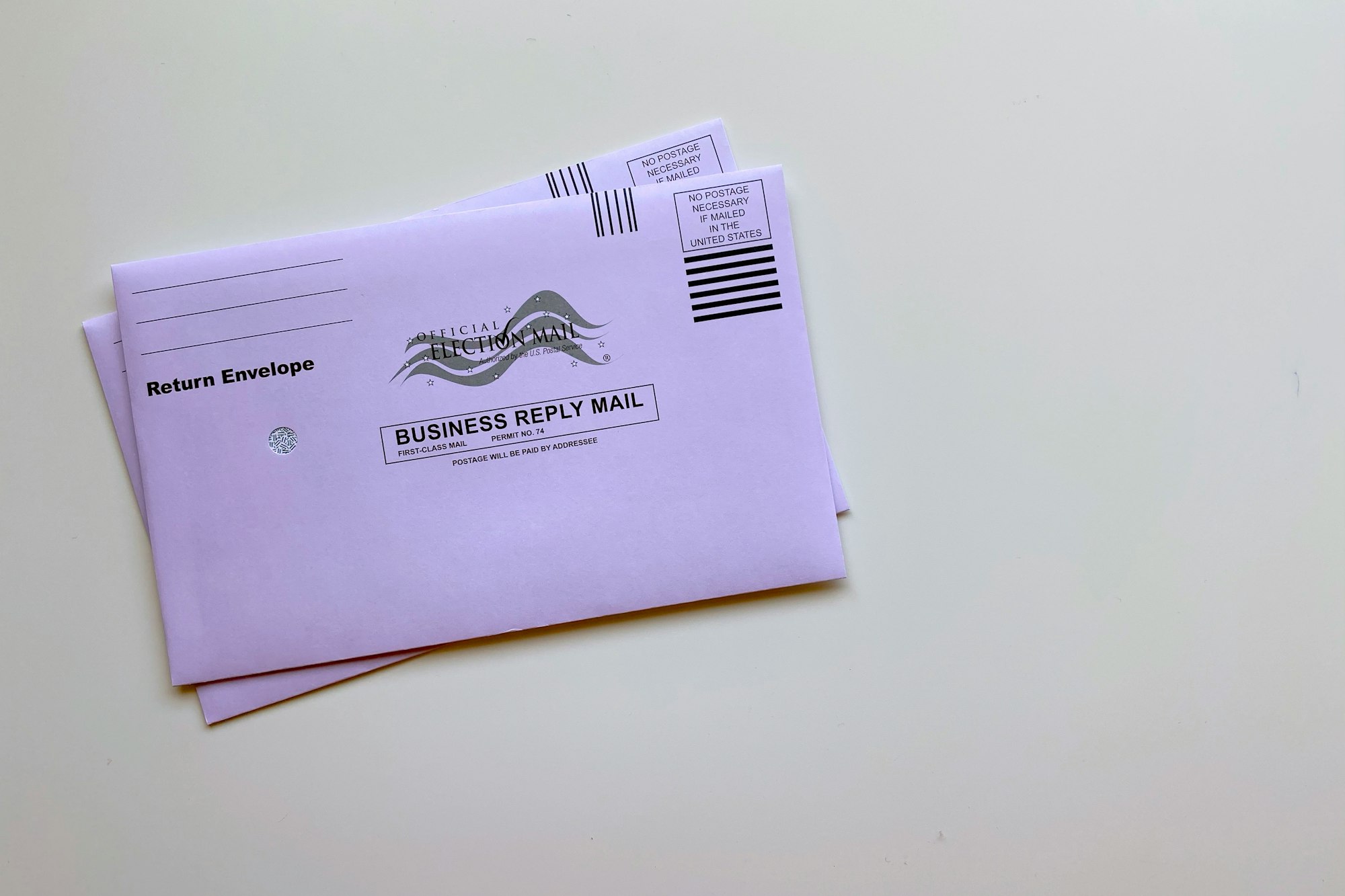Last Tuesday, the Democrats and Republicans held their primary runoff elections. (Results here)
What's a "primary runoff"? Well, each election year, the two parties hold "primary" elections in March in order to decide their candidates for the November general election. Usually, the candidate with the most votes becomes the party's nominee for that office. However, if no candidate receives a majority of the votes, because more than two candidates are running, the top two candidates compete in a runoff.
Since most of the big races are decided in March, the only people who turnout to vote in the runoffs are a candidate's strongest supporters and any party regulars that haven't decided to go on vacation. That's why turnout tends to hover between 1-5% of registered voters. The ballot is also usually pretty short.

That's a big difference from what voters should expect in November. Here's what Harris County voters can expect in November:
- President of the United States
- U.S. Senator
- U.S. Representative
- Railroad Commissioner
- Texas Supreme Court Justice (3)
- Texas Court of Criminal Appeals Justice (3)
- State Board of Education (2)
- State Senator
- State Representative
- Justice, 1st Court of Appeals District (2)
- Justice, 14th Court of Appeals District (3)
- State District Judge (24)
- Harris County District Attorney
- Harris County Sheriff
- Harris County Tax Assessor-Collector
If you're in Harris County, you may also have a County Commissioner (you know, the group of people that decide the Stay at Home orders), city council members, school board members, water control districts, and perhaps a proposition/bond or two.
It's like a standardized test every two years, except your taxes, schools, flood control and traffic congestion all depend on it.
Vote At Home - An Oregon Case Study
There are typically two ways voters prepare for the exam:
- Download a sample ballot, sit down at the kitchen table with some loved ones and go through the races one by one. Often folks consult the Houston Chronicle Endorsement page or the League of Women Voters non-partisan guide. Then, take that marked ballot into the voting booth.
- Vote straight ticket and forget about the non-partisan races (read: city council, water district, school board, bonds) at the bottom
This year Texas no longer has one punch straight ticket voting. If you want to vote straight party, you will have to vote for each candidate one at a time. And fight that nagging feeling that you're doing it wrong once you start seeing names you don't recognize.
All things considered, option 1 is pretty good. Unfortunately, you can't just vote at your kitchen table. You still need to go to the polls to make it official.
Enter Oregon.
You might not know it, but ever since 1988, Oregon has let voters fill their ballots at home. I first learned about the program from an interview that one of its earliest supporters, former Secretary of State Phil Keisling, gave to the Neoliberal Project podcast. You can listen to it here.

Essentially back in the 1980s and 1990s, local counties began pushing to expand voting at home in an effort to save money. It turns out that operating mostly empty polling places is costly. Since Oregon counties would send out sample ballots anyway (like in Texas), they decided to let voters use them as real ballots. Voters would return their ballots either by mail (with prepaid postage), or by dropping them off at a secure location.
Voters loved it so much, they passed a ballot proposition in 1998 making it mandatory for all elections. In 2000, Oregon conducted their first 100% vote at home election.
Some folks were concerned that this new system would help one side over the other. In 2000, Al Gore won by 7,000 votes (or less than 1%). Then, in 2002, Gordon Smith, a Republican U.S. Senator, won re-election by over 200,000 votes. In that same election, new comer Democrat Ted Kulongoski, became Governor by 30,000 votes.

Today Oregon isn't the only state that allows voters to vote from home. Red states like Utah, Arizona and Montana are up for saving money just like blue California and Washington.
Fraud...or Job Security
You might have noticed that it took the voters of Oregon passing a statewide proposition to get voting at home. That's because politicians on both sides of the aisle thought that voting at home would hurt them. They cried foul and were concerned with voter fraud.
As it turns out, Oregon has had very few cases of voter fraud over the last 20 years. In 2017, the government found 56 cases of possible voter fraud out of the 2 million votes cast in the 2016 election.
How do they do this? Well, they spent additional money on ballot and signature tracking systems to ensure that people are who they say they are. They also made the penalties for fraud are quite high. For example, intentionally voting twice in Oregon is a felony punishable by a fine of up to $125,000 and up to five years in prison.
So what was the real reason incumbent politicians, both Democrats and Republicans, didn't want voters to have more time to vote? Well maybe because they knew if voters could pay attention, they might lose their jobs.

With COVID-19 raging this year, there are many reasons to move to a vote at home system. But more importantly, we should allow voters to vote at home every election. Because you deserve the time to really consider your options without trying to cram it in on your lunch break.
I don't say this lightly. I grew up going to the polls with my Dad and Mom on election day and it's a tradition I continue myself. There's something about the community being together that's special. But it's just not the best way to make decisions - and ultimately, that's what elections are for. So it's time for an upgrade.
You can learn more at VoteAtHome.org.
What do you think? Send me your thoughts at [email protected].

